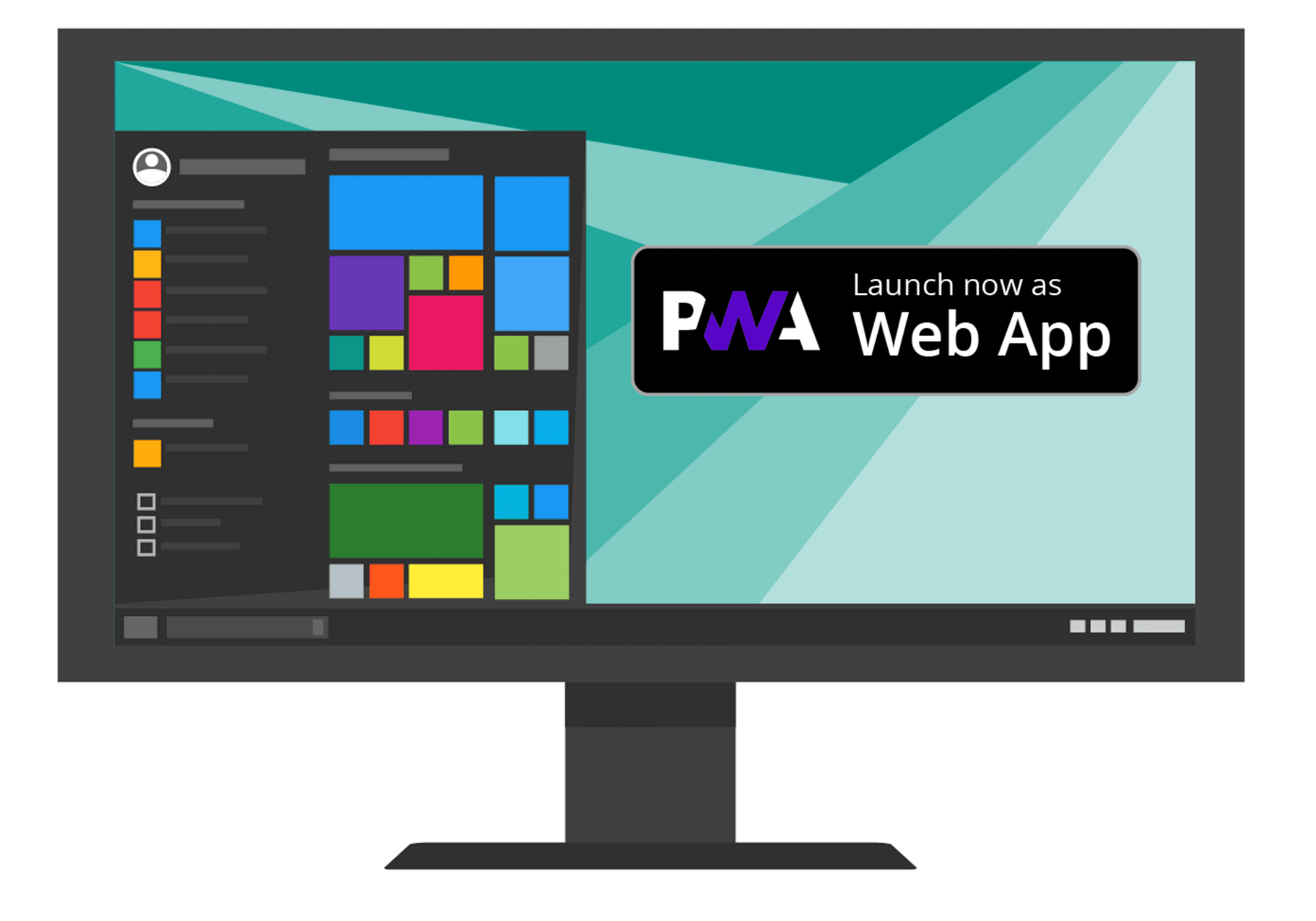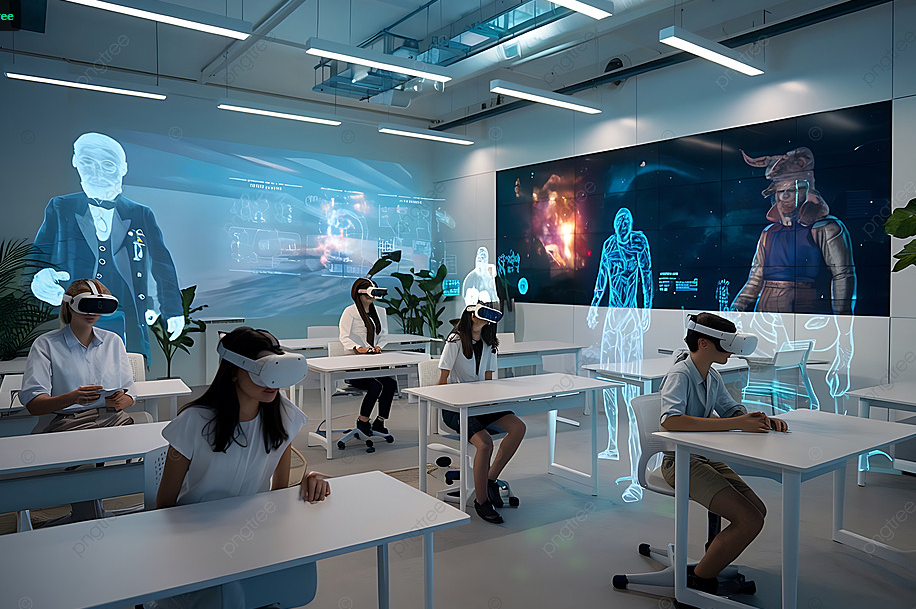- [email protected]
- Australia: 41 Gosse Circuit, Gunn, NT [ACN: 686 474 500] 🛡️Nigeria: 20 Ladipo Street Oko Oba, Agege , Lagos
Web Design Essentials for Optimal User Experience

Web Design Essentials for Optimal User Experience
In today’s digital age, a website is often the first point of contact between a business and its audience. As such, it plays a critical role in shaping perceptions, driving engagement, and ultimately converting visitors into loyal customers. However, creating a website that delivers an optimal user experience (UX) requires more than just good looks—it demands thoughtful design, functionality, and usability. In this article, we’ll explore the essential elements of web design that contribute to a seamless and enjoyable user experience.
Why User Experience Matters
User experience refers to how users interact with and perceive your website. A positive UX ensures that visitors can easily navigate your site, find what they’re looking for, and complete desired actions—whether it’s making a purchase, signing up for a newsletter, or contacting your team. On the flip side, poor UX can lead to frustration, high bounce rates, and lost opportunities.
Given that users form opinions about a website within seconds, prioritizing UX is not just a nice-to-have; it’s a necessity. Here are the key essentials to consider when designing a website for optimal user experience:
1. Responsive Design
With the proliferation of devices—smartphones, tablets, laptops, and desktops—your website must adapt to various screen sizes and resolutions. Responsive design ensures that your site looks and functions flawlessly across all devices, providing a consistent experience for every user.
Why It Matters: Over half of global web traffic comes from mobile devices. If your site isn’t mobile-friendly, you risk alienating a significant portion of your audience.
How to Achieve It: Use flexible grids, scalable images, and CSS media queries to create layouts that adjust dynamically based on screen size.
2. Intuitive Navigation
Navigation is the backbone of any website. If users can’t find what they’re looking for quickly and easily, they’re likely to leave. Clear, logical navigation helps guide users through your site and ensures they stay engaged.
Best Practices:
Keep menus simple and organized with no more than 5–7 main categories.
Include a search bar for quick access to specific content.
Use breadcrumbs to show users their location within the site hierarchy.
Ensure clickable elements (like buttons and links) are easy to identify.
3. Fast Loading Speed
Speed is a crucial factor in user experience. Studies show that users expect a website to load within 2–3 seconds—if it takes longer, they’re likely to abandon it. Slow-loading sites also rank lower in search engine results, impacting visibility.
How to Improve Speed:
Optimize images by compressing them without sacrificing quality.
Minimize HTTP requests by reducing scripts and stylesheets.
Enable browser caching to store frequently used resources locally.
Use a Content Delivery Network (CDN) to serve content faster globally.
4. Visually Appealing Design
Aesthetics matter. While functionality is paramount, a visually appealing design enhances credibility and keeps users engaged. Striking the right balance between beauty and simplicity is key.
Tips for Great Design:
Use a clean, uncluttered layout to avoid overwhelming users.
Choose a cohesive color palette that aligns with your brand identity.
Incorporate whitespace to improve readability and focus attention on key elements.
Use high-quality visuals, including images, icons, and videos, to enrich the experience.
5. Readable Typography
Text is a fundamental part of any website, so ensuring it’s readable is non-negotiable. Poor typography can make your content difficult to consume, leading to higher bounce rates.
What to Focus On:
Select fonts that are legible and appropriate for your audience.
Maintain adequate font sizes (at least 16px for body text).
Use sufficient contrast between text and background colors.
Limit the number of different fonts to maintain consistency.
6. Accessibility for All Users
An inclusive design ensures that everyone, regardless of ability, can access and interact with your website. This not only broadens your audience but also demonstrates social responsibility.
Key Accessibility Features:
Provide alternative text (alt tags) for images to assist visually impaired users.
Ensure keyboard navigation for those who cannot use a mouse.
Use semantic HTML to structure content logically.
Test your site with tools like WAVE or Lighthouse to identify accessibility issues.
7. Engaging Calls-to-Action (CTAs)
CTAs play a vital role in guiding users toward desired actions, whether it’s signing up, downloading, or purchasing. An effective CTA should be clear, compelling, and strategically placed.
Best Practices:
Use action-oriented language (e.g., “Get Started,” “Download Now”).
Make CTAs stand out with contrasting colors.
Place CTAs above the fold or at natural stopping points in the user journey.
Avoid cluttering the page with too many competing CTAs.
8. Consistent Branding
Your website is an extension of your brand, and maintaining consistency reinforces trust and recognition. From logos and colors to tone of voice, every element should reflect your brand identity.
How to Maintain Consistency:
Use the same branding elements across all pages.
Align your website’s messaging with your overall marketing strategy.
Develop a style guide to ensure uniformity in design and content.
9. Mobile-First Approach
Given the dominance of mobile browsing, adopting a mobile-first approach ensures that your site is optimized for smaller screens before scaling up to larger ones. This philosophy prioritizes essential features and content, enhancing usability for mobile users.
Benefits:
Improves SEO rankings, as Google uses mobile-friendliness as a ranking factor.
Enhances user satisfaction by focusing on core functionalities.
Reduces unnecessary complexity in design.
10. Regular Testing and Updates
Even the best-designed websites require ongoing maintenance to remain effective. Regular testing helps identify and fix issues, while updates keep your site secure, relevant, and aligned with evolving trends.
Testing Methods:
Conduct usability testing to gather feedback from real users.
Perform A/B tests to compare different versions of pages and optimize performance.
Monitor analytics to track user behavior and identify areas for improvement.
Partner with Bofatech Solutions Ltd for Exceptional Web Design
At Bofatech Solutions Ltd , we understand that great web design goes beyond aesthetics—it’s about crafting experiences that resonate with your audience and drive results. Our team of experts specializes in creating user-centric websites that combine stunning visuals with seamless functionality. Whether you’re launching a new site or revamping an existing one, we’re here to help you achieve your goals.
Contact us today to learn how we can elevate your online presence and deliver a website that truly stands out!
Final Thoughts
Designing a website that offers an optimal user experience requires careful planning, creativity, and technical expertise. By focusing on responsive design, intuitive navigation, fast loading speeds, accessibility, and other essential elements, you can create a platform that delights users and supports your business objectives. Remember, your website is more than just a digital storefront—it’s a powerful tool for building relationships and fostering growth. Invest in exceptional web design, and watch your efforts pay off in meaningful ways.



